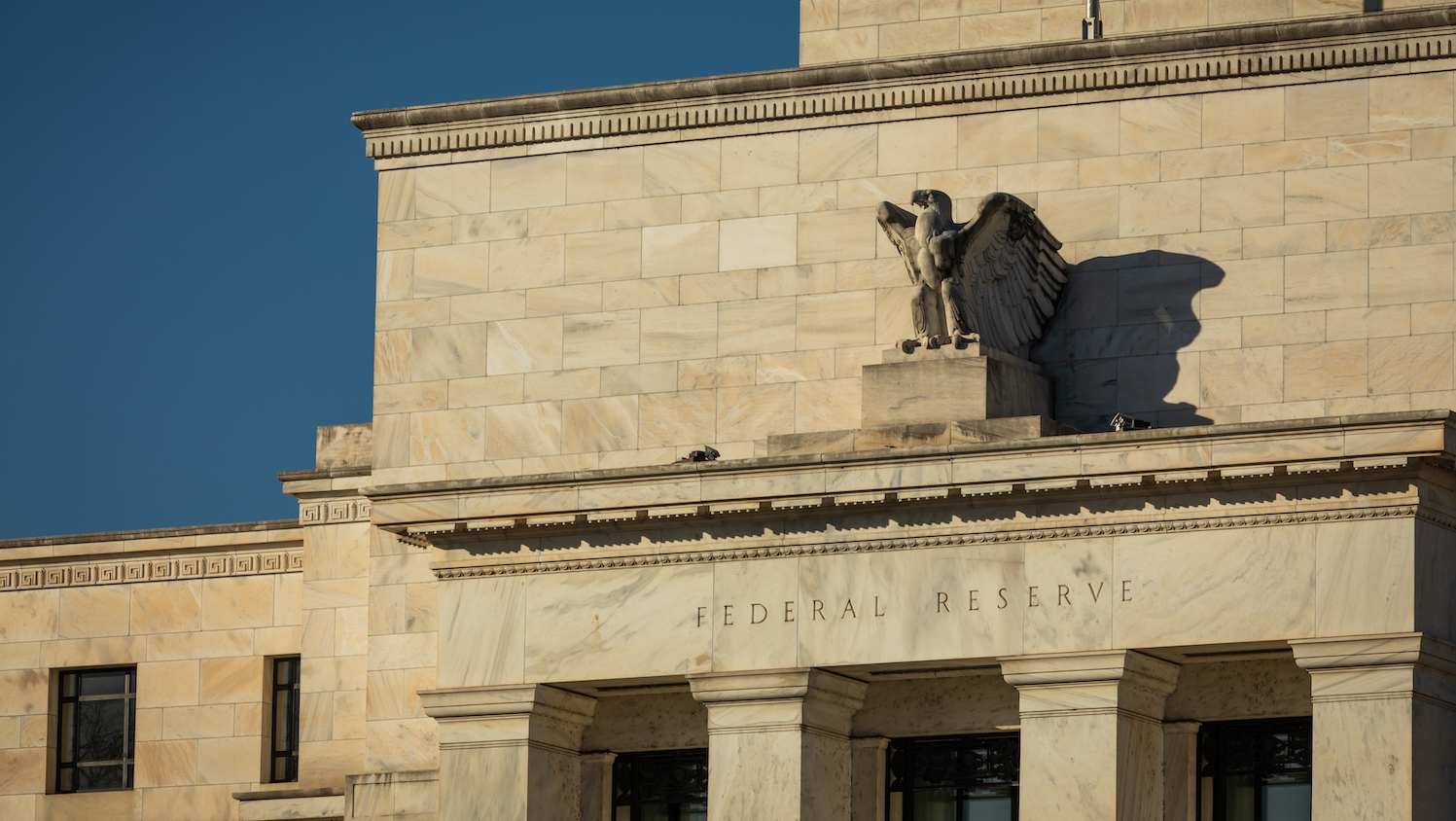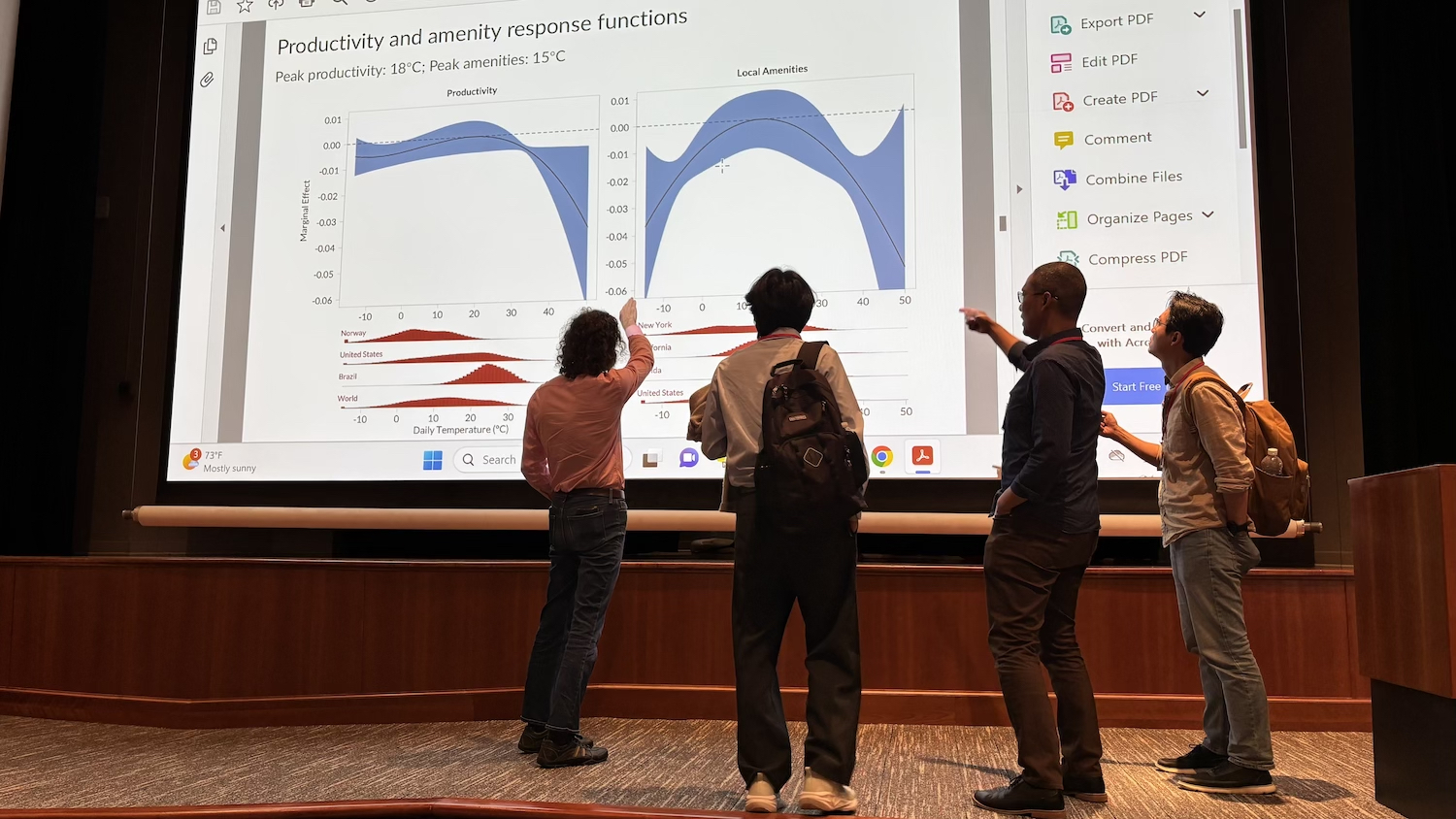What Is Fed Independence—And Why Does It Matter?
Throughout its history, the Federal Reserve’s freedom has insulated it from political pressure—and, some say, accountability.

Stock markets in the United States dipped earlier this week after President Donald Trump posted on social media that U.S. Federal Reserve Chairman Jerome Powell’s “termination cannot come fast enough!”
President Trump later backed down, and the Dow Jones Industrial Average, Standard & Poor’s 500 and Nasdaq Composite Index all went back up. But as a political and economic issue, the independence of the Fed is unlikely to fully recede in the near future.
Understanding the Fed’s role—and more specifically, its independence—is essential to making sense of how monetary policy shapes the broader economy. While often discussed in technical or political terms, the concept of “Fed independence” is fundamentally about ensuring long-term economic stability through data-driven decision-making.
A Brief History of the Federal Reserve
Congress established the U.S. Federal Reserve in 1913 following the financial panic of 1907, which exposed significant weaknesses in the nation’s banking system. The Fed serves as a central authority for managing monetary policy and maintaining financial stability .
At its core, the Fed’s mission includes managing inflation, supporting maximum employment and fostering conditions for sustainable economic growth. It accomplishes this through monetary policy—adjusting interest rates and controlling the money supply to influence economic activity.
Early Challenges and Lessons Learned
The Fed’s first major test came during the 1929 stock market crash. To curb speculation, the Fed tightened monetary policy by raising interest rates, a move now widely viewed as having exacerbated the economic downturn. This experience underscored the importance of flexibility and responsiveness in central banking.
Subsequent reforms aimed to enhance the Fed’s independence, allowing it to respond more effectively to evolving economic conditions.
The Volcker Era and Beyond
The 1970s presented a particularly complex challenge: stagflation, a rare combination of high inflation and high unemployment. In response, Fed Chair Paul Volcker took bold steps in the early 1980s to raise interest rates significantly, triggering a recession but ultimately restoring price stability. The “Volcker Era” is often credited with laying the foundation for the long period of low inflation and steady growth that followed.
In 2008, during the global financial crisis, the Fed again played a central role—this time by implementing quantitative easing, an emergency measure in which the Fed injected liquidity into the banking system by buying bonds, mortgages and other assets. The Fed took decisive steps again in 2020 in response to the COVID-19 pandemic, cutting interest rates to near zero and providing broad support to financial markets.
However, as inflation surged in 2022, the Fed reversed course and raised interest rates rapidly in an effort to cool the economy and restore price stability.
Political Pressure and the Case for Independence
Throughout its history, the Fed has faced pressure from elected officials, particularly when economic goals conflict with political priorities. In 1951, President Truman encouraged the Fed to keep interest rates low to manage post-war debt—a challenge that eventually led to the Treasury-Fed Accord, which formally established the Fed’s operational independence .
Similar dynamics reemerged in the early 1970s when President Nixon reportedly pressed Fed Chairman Arthur Burns to maintain low interest rates. The resulting inflation contributed to the stagflation crisis Volcker later confronted. During the Reagan administration, political leaders again advocated for looser monetary policy, but the Fed maintained its stance. That steadfastness helped tame inflation over the long run.
More recently, during his first administration, President Trump publicly criticized Fed Chair Powell—his own appointee—for not lowering interest rates quickly enough. Then and now, there’s been speculation about potential leadership changes, highlighting the ongoing tension between the Fed’s autonomy and the preferences of elected officials.
The Case Against Independence
There are several critiques of Federal Reserve independence. One primary concern is the fact that the Fed is led by unelected officials who are not directly accountable to voters. Given the central bank’s significant influence on interest rates, inflation and employment, some argue that this structure lacks democratic legitimacy.
The Fed has also faced criticism for contributing to income and wealth inequality. Its use of low interest rates and asset purchase programs (such as quantitative easing) can inflate financial markets—benefiting wealthier individuals who hold more financial assets.
In addition, the timing of the Fed’s policy interventions has occasionally been called into question. For example, some analysts argue that the Fed kept interest rates too low for too long following the 2000 market crash, potentially contributing to the housing bubble and financial crisis in 2008.
Another critique is that Fed policy sometimes conflicts with fiscal policy set by Congress. For instance, the Fed may raise interest rates to cool inflation just as lawmakers attempt to stimulate the economy through increased government spending or tax cuts.
Despite these concerns, it’s worth noting that countries with limited or no central bank independence—such as Russia, Argentina, Iran, Venezuela, Zimbabwe, and Turkey—have often faced persistent inflation, currency instability and inconsistent economic growth.
In contrast, most advanced economies—including the European Union, United Kingdom, Japan, Canada, Sweden, Norway and Australia—maintain central banks with high levels of operational independence. These institutions are generally credited with supporting stable, long-term economic performance through data-driven, politically insulated decision-making.
Conclusion
The argument for Fed independence is rooted in the idea that sound monetary policy requires a long-term perspective. Economic cycles typically extend well beyond election cycles, and decisions about inflation, employment and interest rates are most effective when driven by data, not political considerations.
An independent Fed allows for disciplined, consistent policymaking that anchors market expectations and supports stable financial conditions. Importantly, the Fed relies on extensive economic data from across the country to guide its decisions—a process that benefits from insulation against short-term political dynamics.
While the Federal Reserve is ultimately accountable to Congress and the public, its operational independence has become a cornerstone of its credibility. The ability to make difficult but necessary decisions—even when they may be unpopular—is what enables the Fed to maintain long-term economic health.
Richard Warr is associate dean for faculty and research. His own research focuses on information transmission in markets, equity valuation, short selling, capital structure, risk management and market microstructure.



